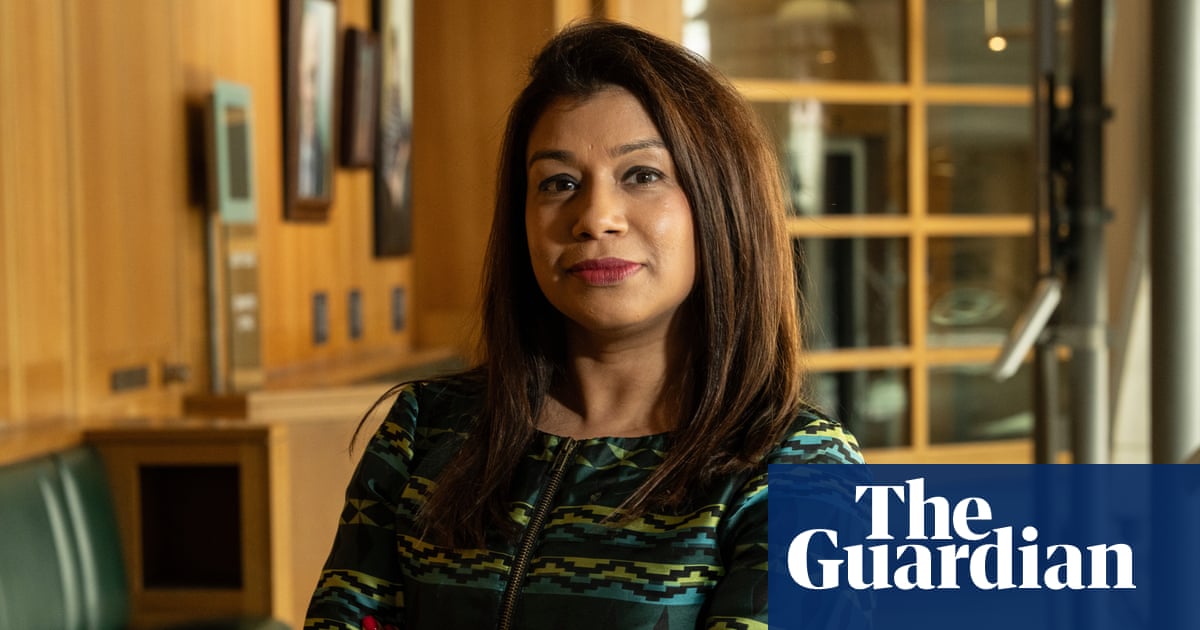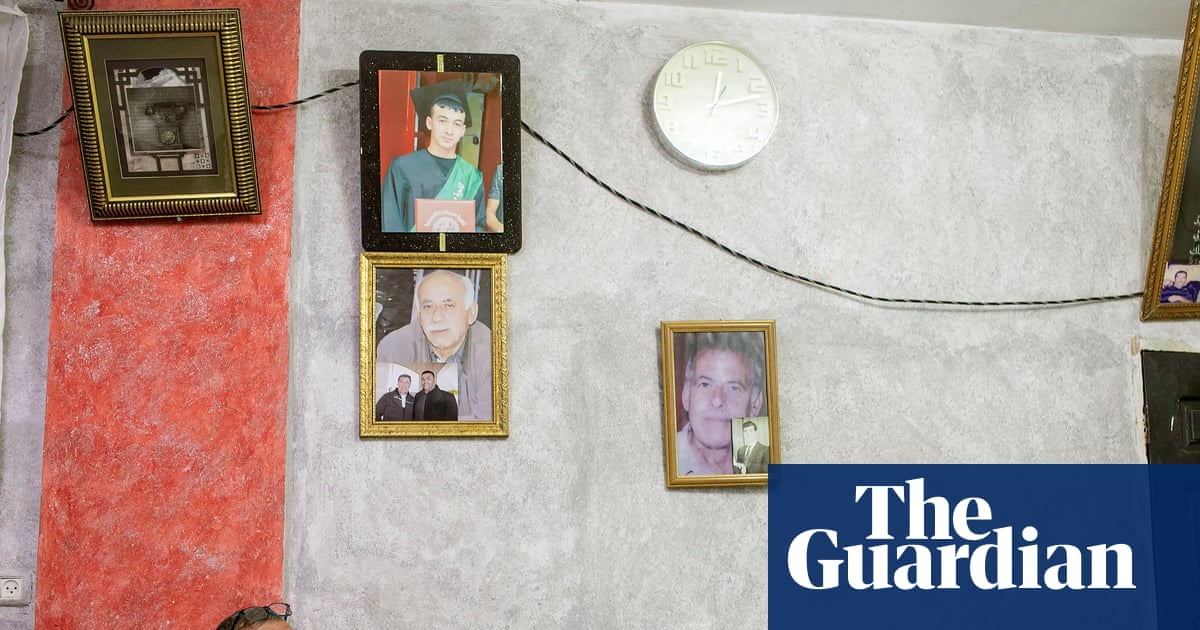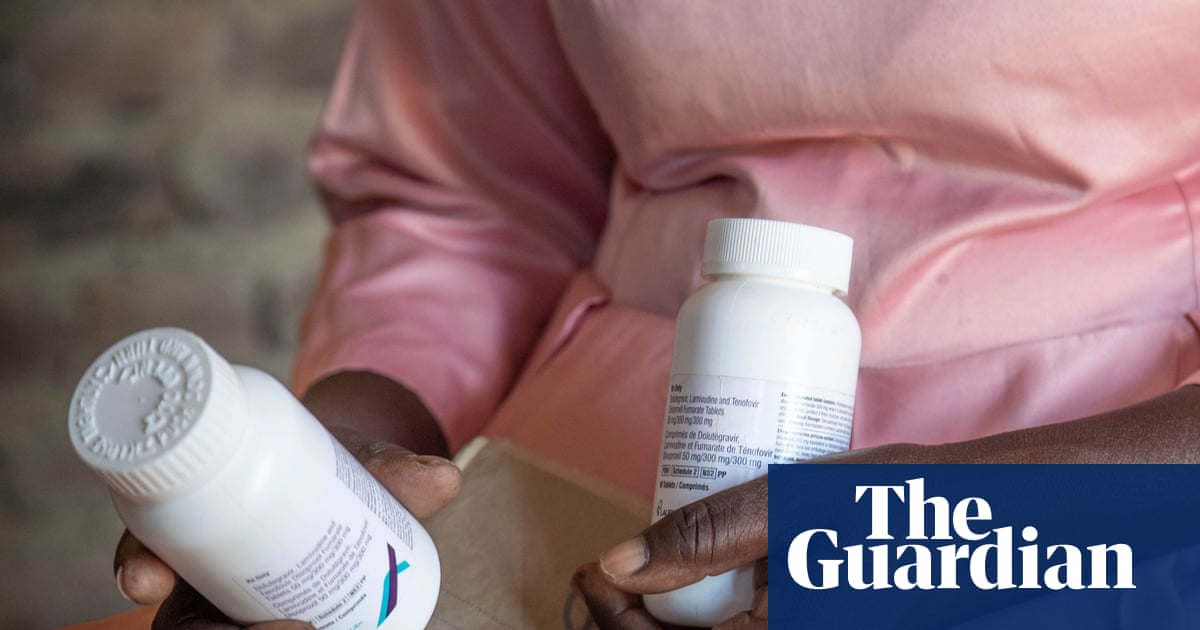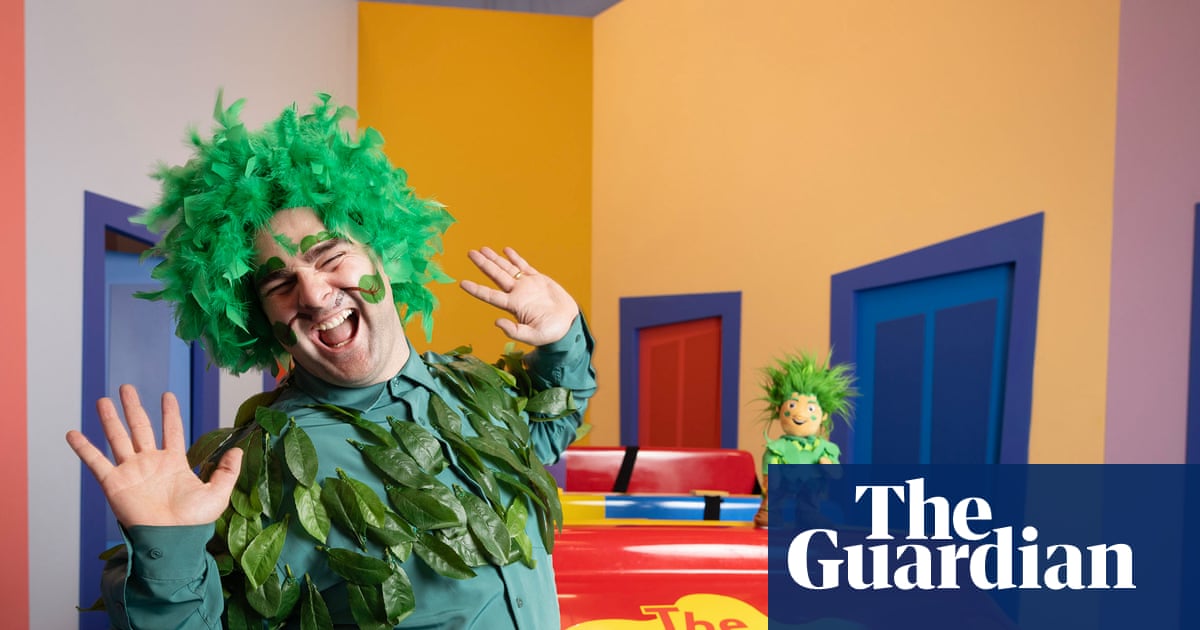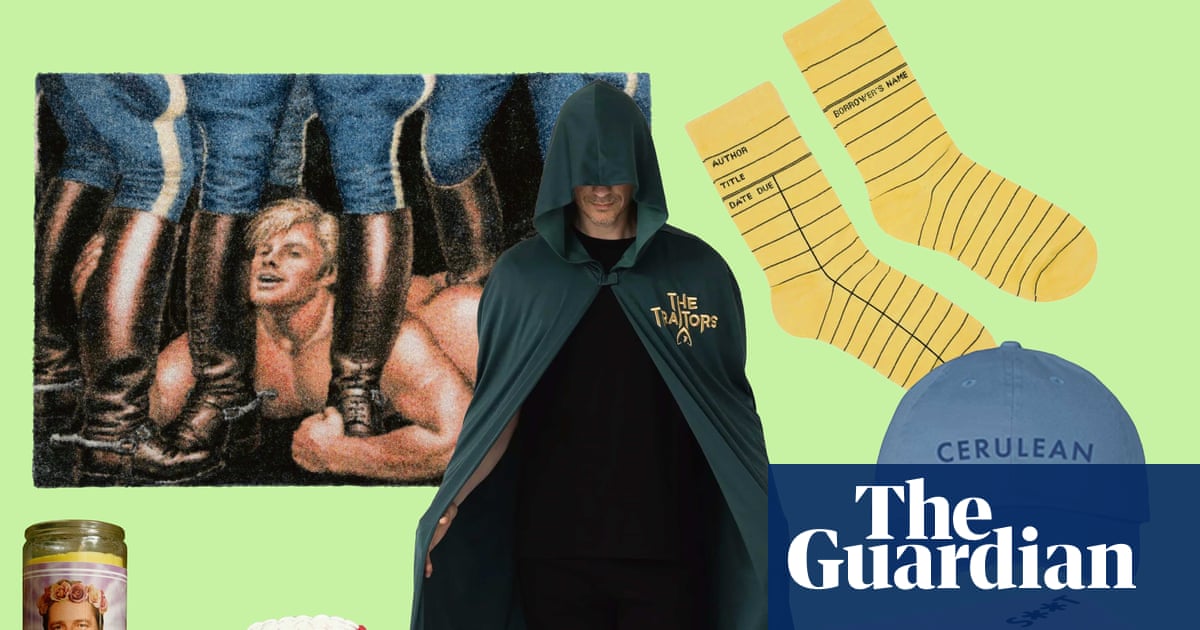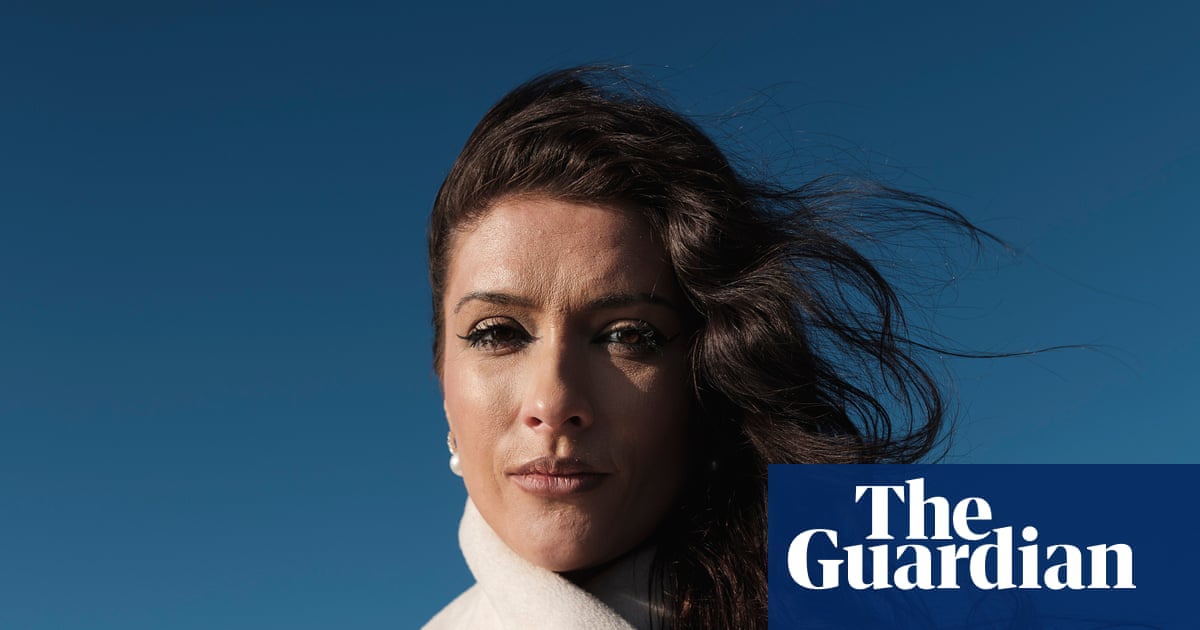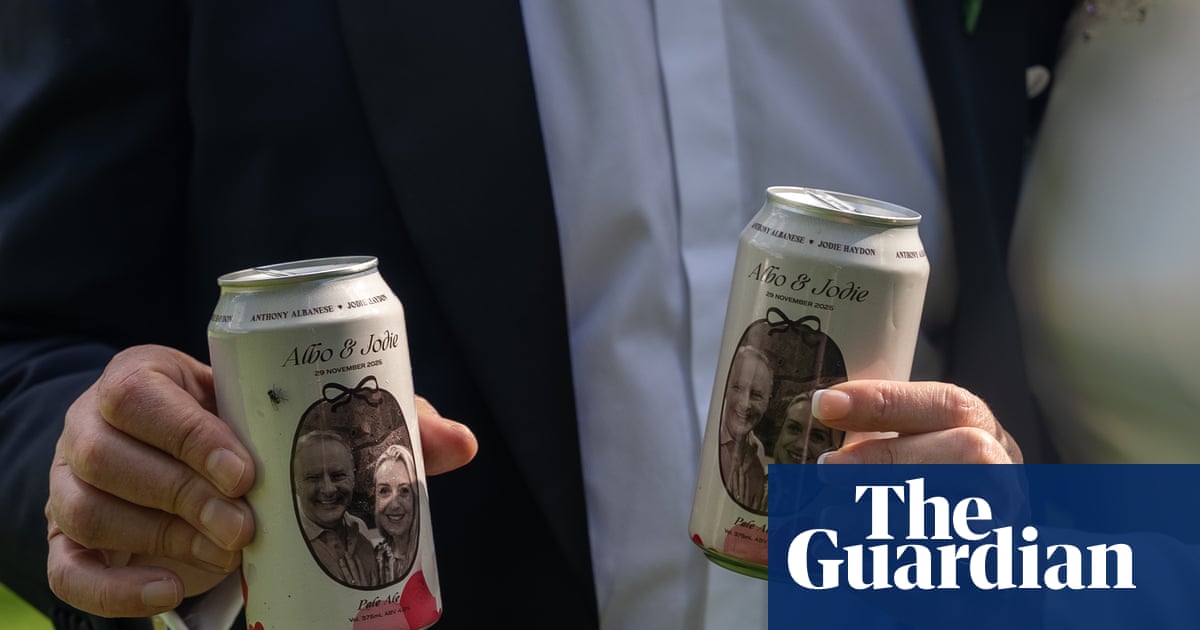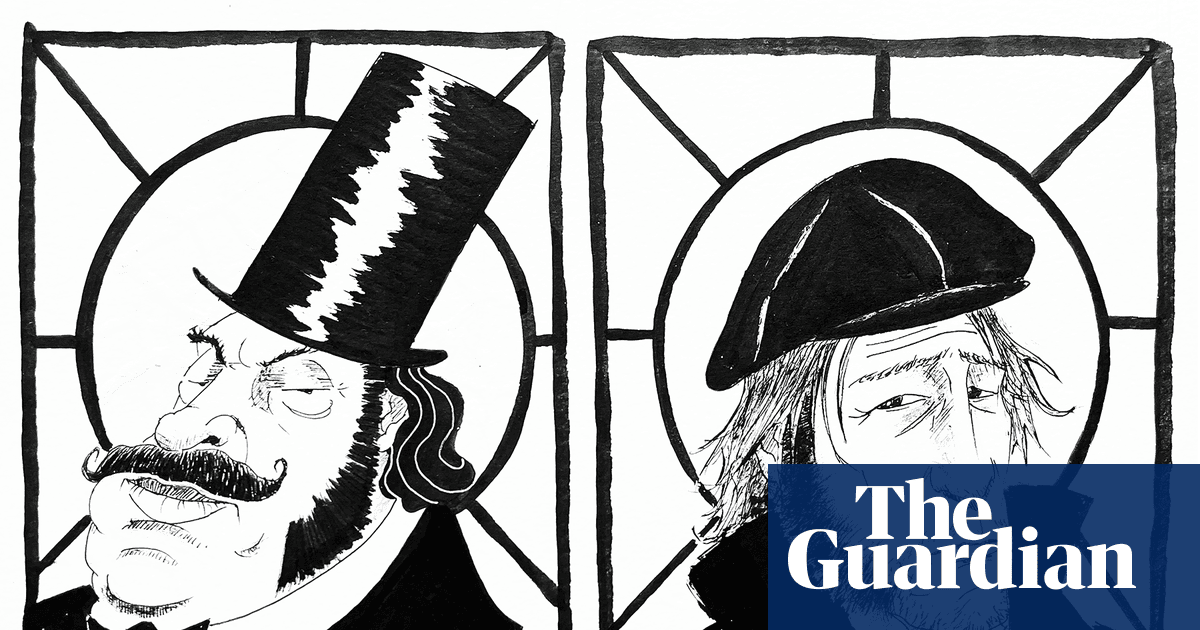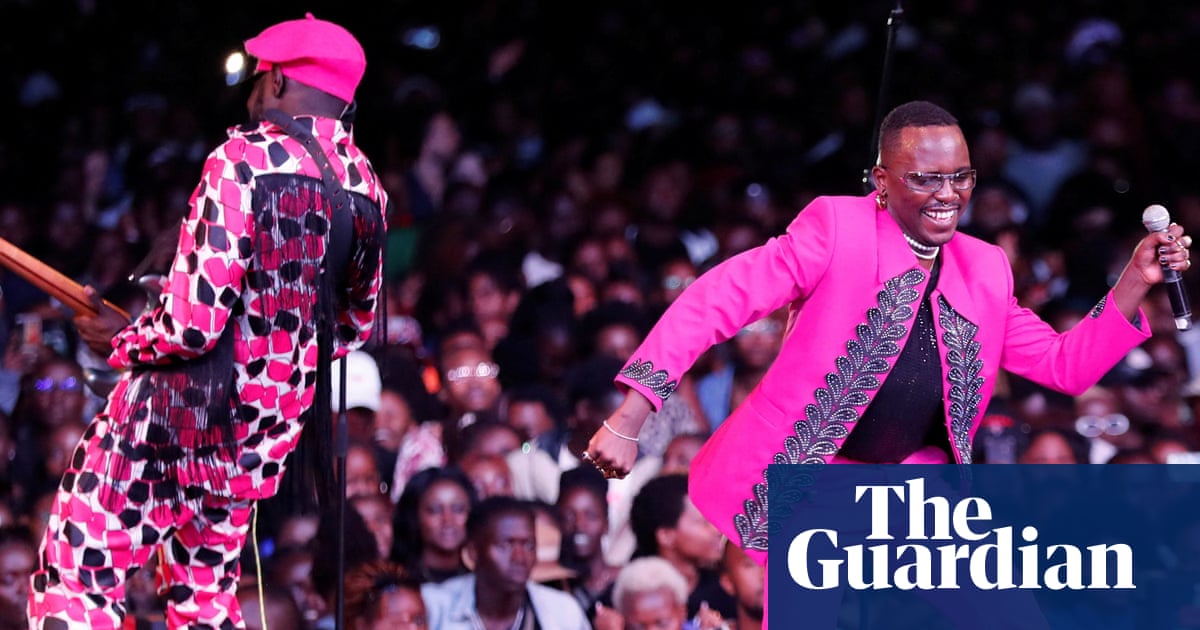On a July evening in Alexandra, a small town in New Zealand’s South Island, the temperature is a chilly 3C. While most of the town is in quiet darkness, at Ice Inline Molyneux Park, the lights are on and the banter is abundant. It’s a social curling night, and the shouts of “sweeeep!” can be heard from the car park. Players from teams with names such as the “Plonkers”, “Too Dam Cold” and “Doome and Broom” gather on the outdoor ice rink, sweeping furiously as 11kg curling stones move across the ice.
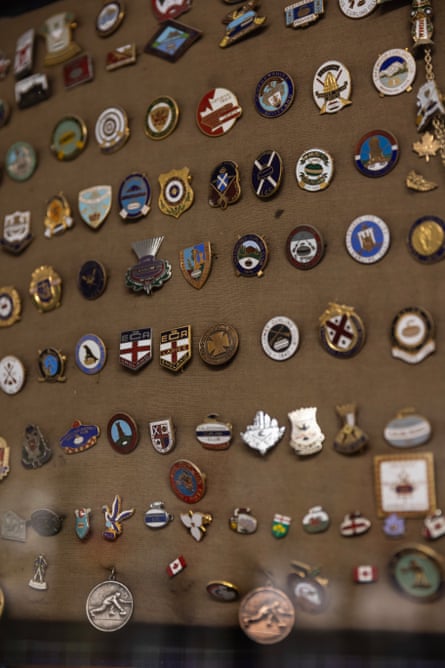
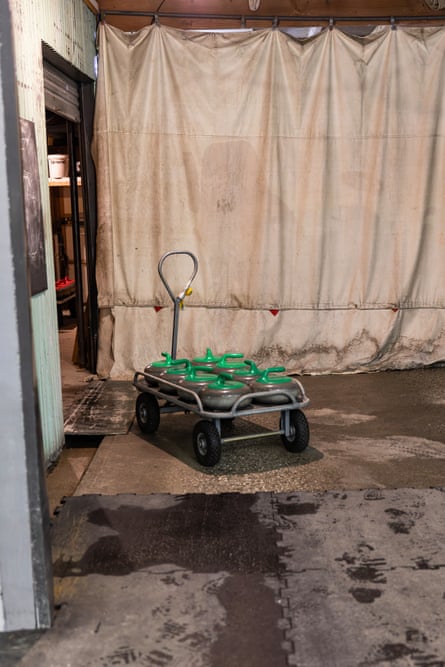
-
L-R: A collection of enamel badges from curling competitions and tournaments. Curling stones ready to be put away after a Thursday night social curling game in Alexandra.
Crampit, or outdoor curling, is a sport that dates back to the 1500s in Scotland, where it was traditionally played on frozen lochs. Curling was brought to Central Otago in New Zealand by Scottish goldminers, and was a way to pass the time when the water was frozen and they couldn’t work. The first reported curling game in the region was held in 1878.
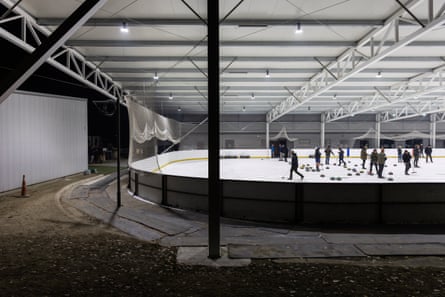
In these rural communities, many people are involved with the sport. Players come from across Central Otago to play in Alexandra and also Naseby. They lead busy lives, mostly in agriculture. Ken Gillespie, a semi-retired sheep and beef farmer from Oturehua, says “often the only time you see these people is when you’re on the ice”.
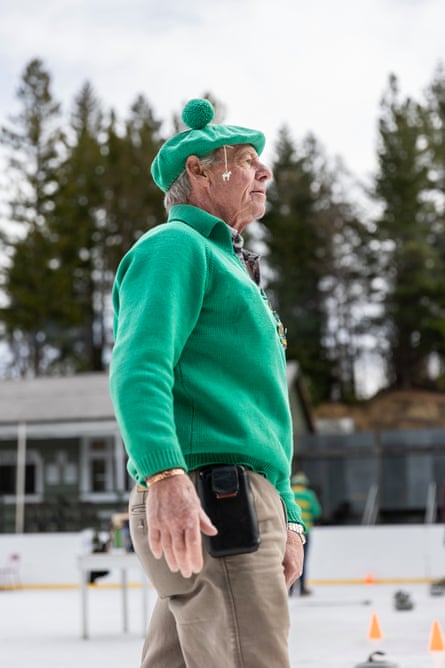
-
Ken Gillespie from the Rough Ridge Curling Club.
Each curling club has its own colours or tartan, and players wear corresponding tam-o’-shanters (jimmy hats) as well as a matching woollen jumper. Many of these clubs have been around for more than 100 years.
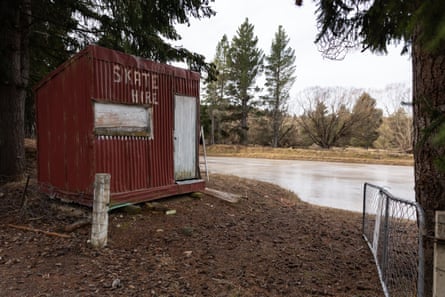
-
An old skate hire hut next to the Centennial Ponds in Naseby.
“There’s a lot of etiquette involved in it and the way you conduct yourself on the ice. It’s very, very competitive but there’s always a lot of respect on the ice,” says Gillespie, who’s been curling for more than 50 years.
Swearing and the use of titles isn’t allowed, meaning that players must be referred to by their first names only.
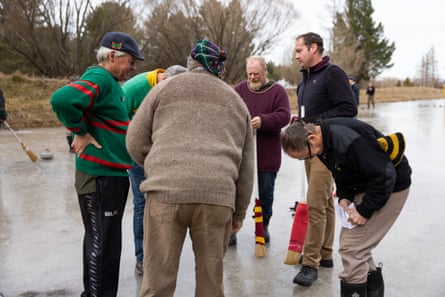
-
The Idaburn Trophy was held on the Centennial Ponds in Naseby. The Idaburn Trophy is a day-long curling tournament where teams are formed from curling clubs within the Naseby or Idaburn Curling Councils.
The sport doesn’t have any umpires and instead each team is expected to keep score, politeness and good sportsmanship are prioritised, and the banter between teams is lighthearted. When someone throws a “good stone”, they will often head to the sidelines for a swig of beer or shot of whiskey alongside their opponent.
But Gillespie says he’s never seen anyone “under the weather on the ice”.
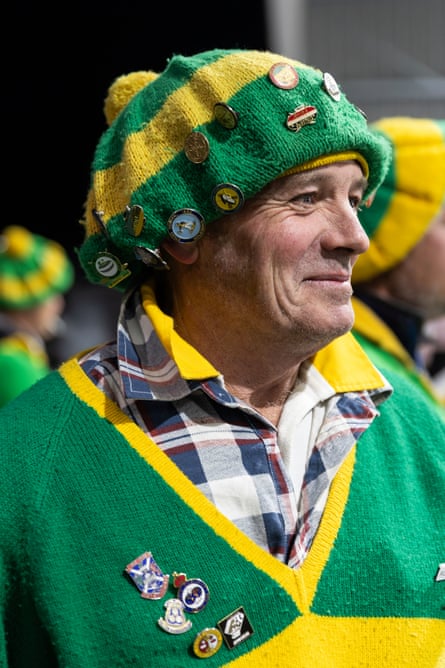
-
Russell ‘Rusty’ Nevill wears his Poolburn Curling Club jimmy hat and jumper.
“You only get a drink when you’re invited to by your skipper, or if your opposing team was playing very well, and the person you’re playing against was curling well, their skip will say you better take your mate (opponent) for a drink.”
Brett Gare, a local haymaker who plays for Chatto Creek, says he loves curling for the “great camaraderie” as well as the opportunity to “meet a lot of new people”.

-
Opponents Russell ‘Rusty’ Nevill (L) and Brett (R) take a break for a shot of whiskey and a catch up during the Jerry Sanders knockout tournament where teams from the Idaburn Curling Council play against each other for a 2.5 hour game of outdoor (crampit) curling.
Ida Valley sheep farmer Russell “Rusty” Nevill plays for the Poolburn Curling Club, and his son, Jed Nevill, represented New Zealand in indoor curling at the Olympic Winter Youth Games in 2024.
They are making sure the passion for the sport gets passed to the next generation.
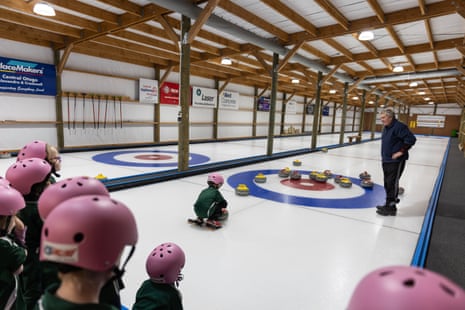
-
Bruce Kissel coaches Year 1 students from The Terrace School through curling for the first time at the indoor curling rink at Ice Inline. Kissel introduces over a 1000 local schoolchildren to curling each year in Alexandra.
Bruce Kissel was introduced to curling in the 1990s and has been playing ever since. For nearly two decades, Kissel has also been coaching children from local primary schools. Each season, about 1,500 children learn the basics of the sport. He hopes these programmes will pass the rules and love of the game on to young people “so that it is not lost through time”.

 3 months ago
56
3 months ago
56
